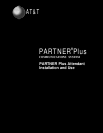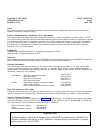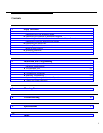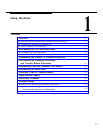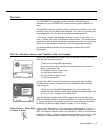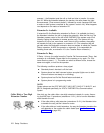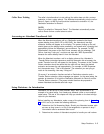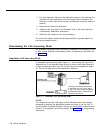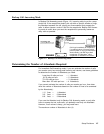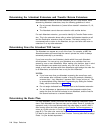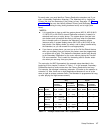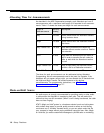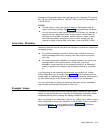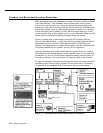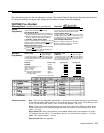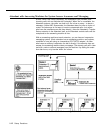
3.
For each Attendant, determine the Attendant extension (the extension the
Attendant will be connected to) and the Transfer Return extension (the
extension to which calls will be routed if a Destination extension does not
answer).
4.
Determine the lines to be answered.
5.
Determine the route plan for the Attendant (that is, the routes and their
corresponding Destination extensions).
6.
Determine the wording for the announcements.
The rest of this chapter explains these setup decisions in greater detail and
gives more example setups.
Determining the Call Answering Mode
The Attendant can answer calls immediately (Immediate Call Answering mode)
or after a delay (Backup Call Answering mode). Programming instructions are
on page 2-10.
Immediate Call Answering Mode
In Immediate Call Answering mode (Figure 1-1), an incoming call rings at the
Attendant first. If the Attendant does not pick up within three rings (because it
is busy transferring another call), the call will ring at the receptionist or opera-
tor. This mode helps reduce the receptionist’s workload.
Call rings immediately at Attendant.
If Attendant does not answer within
3 rings, call rings at both receptionist
and Attendant; either receptionist or
Attendant can answer.
Figure 1-1 Immediate Call Answering Mode
NOTE:
The receptionist can take calls away from the Attendant after it has already
answered by pressing the appropriate outside line button to join the call. To
use this feature, Automatic Extension Privacy for the Attendant extension must
be set to "not assigned" (the factory setting). See page 2-11 for programming
instructions.
1-4 Setup Decisions



